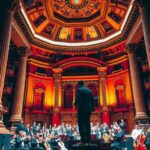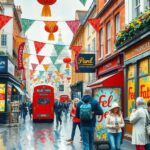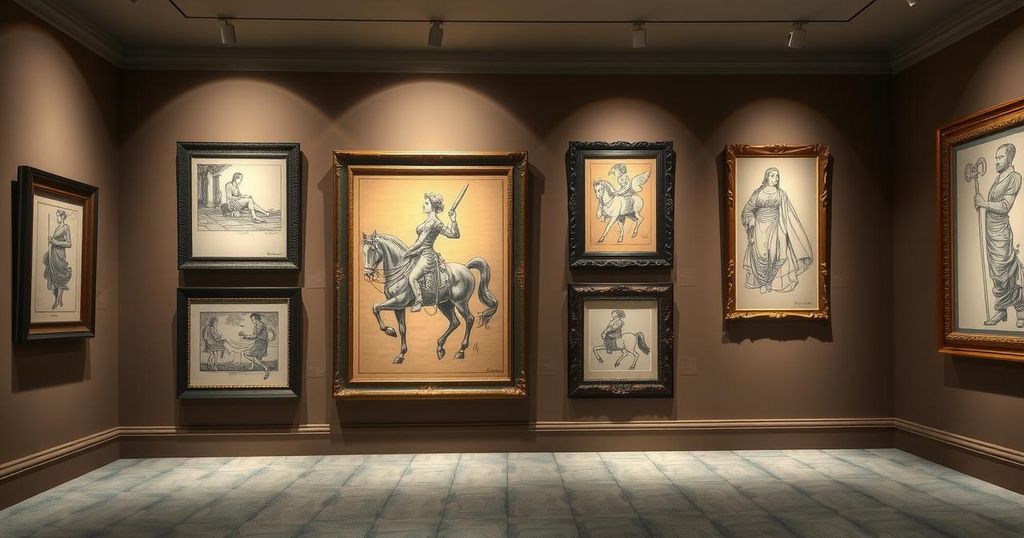Victor Hugo’s lesser-known illustration work is featured in ‘Astonishing Things’ at the Royal Academy of Arts. The exhibition reveals his dual life as a public figure and a passionate artist, showcasing about 70 of his drawings, primarily from his exile period. It explores the connection between his artistic and literary pursuits and his political beliefs.
Victor Hugo, renowned for novels like ‘The Hunchback of Notre-Dame’ and ‘Les Miserables’, also excelled in illustration. A new exhibition titled ‘Astonishing Things: The Drawings of Victor Hugo’ at the Royal Academy of Arts highlights his lesser-known works, emphasising his creative passion 140 years posthumously.
The exhibition notes Hugo’s dual life; publicly a significant 19th-century figure, while privately indulging in drawing, stating, “in private, his refuge was drawing.” His illustrations of castles, monsters, and seascapes are described as poetic, paralleling his literary style. They also influenced generations of poets and artists, notably the Surrealists.
Hugo shared his drawings with only close friends, contributing them to France’s national library for preservation. The works, consisting mainly of ink washes, graphite, and charcoal, are rare public displays, the last exhibit in the UK being over 50 years ago. Around 70 pieces in this exhibition explore the synergy between his artistic and literary creations.
Most illustrated works were created between 1850 and 1870 during Hugo’s exile on Guernsey after Napoleon III’s coup. During this time, he completed significant literary works. His artistic evolution from caricatures to abstract landscapes is showcased.
While Hugo’s writings confronted societal issues, some drawings, like ‘Mushroom’, are more abstract. Others, such as ‘Ecce Lex’, reflect his political stance, illustrating a hanged man.
The ‘Astonishing Things’ exhibition at the Royal Academy of Arts showcases Victor Hugo’s exceptional drawings, revealing his passion for artistry alongside his literary fame. It highlights a lesser-known aspect of his legacy, portraying the intersection of his political beliefs and cultural impact through compelling imagery.
Original Source: www.rte.ie







